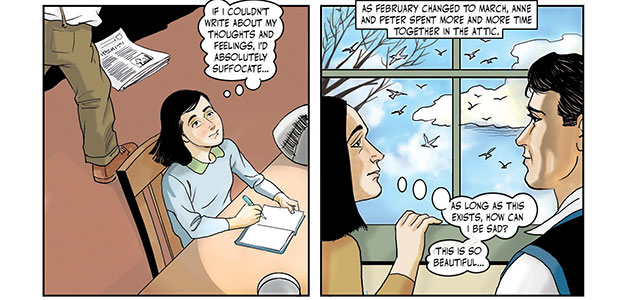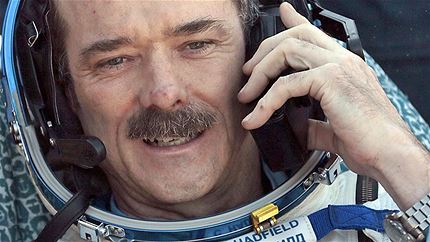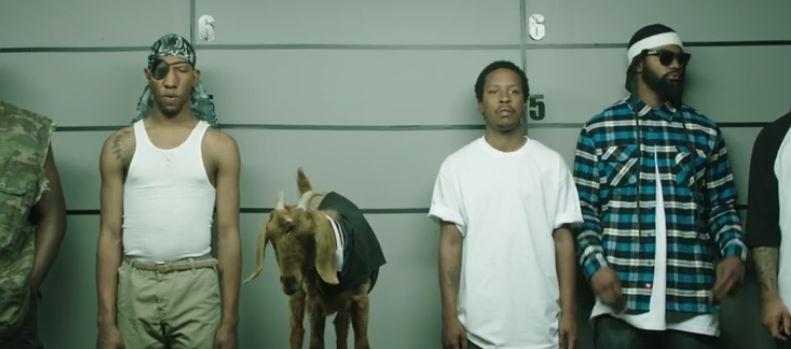For the next week I’m visiting China as part of an exchange program between my university (University of Nebraska at Kearney) and Chinese universities. I’ll be posting photos and my notes on my travels here. Some of these posts will deal with media, but many will just be “What I did on my summer trip.”
Getting to Guangzhou, China from Kearney, Nebraska is a bit of a journey. It is easier than trips my friend Chis Allen has taken to Oman and Afghanistan; but as near as I can tell, it took close to 30 hours by the time you count driving to Lincoln to catch the plane to Chicago. Although my first flight is at 5:40 a.m. Friday, I drove up to Lincoln on Thursday evening to make getting to the airport easier. I have a long layover in Chicago because you just don’t want to risk missing an international connection. (When my family went to Germany five years ago, we had a three hour connection in New Jersey and still almost missed our flight.) The following was written during my flight:
The plane flying to Hong Kong is very nice, though it’s pretty cool inside. If I do another trip like this I’ll definitely take a sweatshirt. I’ve got an aisle seat on the center group of seats — my travel agent advised me that that’s the best place to sit if you don’t want people stepping over you while you sleep.
The only problem during the 16-hour flight is that my legs are really cramped. I’m 6’2″ tall with really long legs. During the middle of the flight I walked up and down the aisle for a bit; while I was doing that, there was a woman doing stretching exercises in front of the emergency exit and icing her calf.
The Boing 777 had individual media screens for every seat with a wide range of movies, TV shows and audio programs available in English and Chinese.
But I had my own media with me on my iPad. I finished watching one of the old X-Men movies with Patrick Stewart and then watched Persepolis, an animated movie based on the graphic novels by a woman who grew up in revolutionary Iran. Parts of it were really depressing, parts really funny, and all of it really makes you think. It’s hard to imagine growing up under conditions portrayed in the movie, but Marjane Satrapi’s story is full of details that build on what I’ve heard from friends from both Iran and Iraq who lived through the same events.
I also continued reading Rick Atkinson’s Guns at Last Light, the third volume of his World War II Liberation of Europe trilogy using Kindle software on my iPad. They keep the plane dark so people can sleep, so having the lit screen on the iPad is really nice. And while I generally prefer paper books, having this massive volume on my little tablet is nice.
As I’m writing this off-line, I’ve been on the plane more than nine hours (we had a weather delay on the ground), and still have more than seven hours to go. According to the map we’re over northeastern Russia (Siberia maybe?). It’s fascinating the route we take: Head northwest over Canada and Alaska, then across a short bit of ocean, and then heading south toward Hong Kong. We really spent relatively little time over water. Hard to imagine that my son Erik, who was an exchange student in South Korea and is now advising international students there, has made this trip several times in the last two years.
The flight crew is really good. The guy with the drink cart remembered I was drinking decaf black coffee across a couple of services.
I’ve napped a couple of times, and now they’re getting ready to serve breakfast to us even though it’s 4:30 in the afternoon, Hong Kong time. We’ve completely flipped night and day.
Following a half-hour flight from Hong Kong to Guangzhou, a driver meets me at the airport and takes me to the conference hotel where I happily collapse asleep. And I wake up to this view of China:





